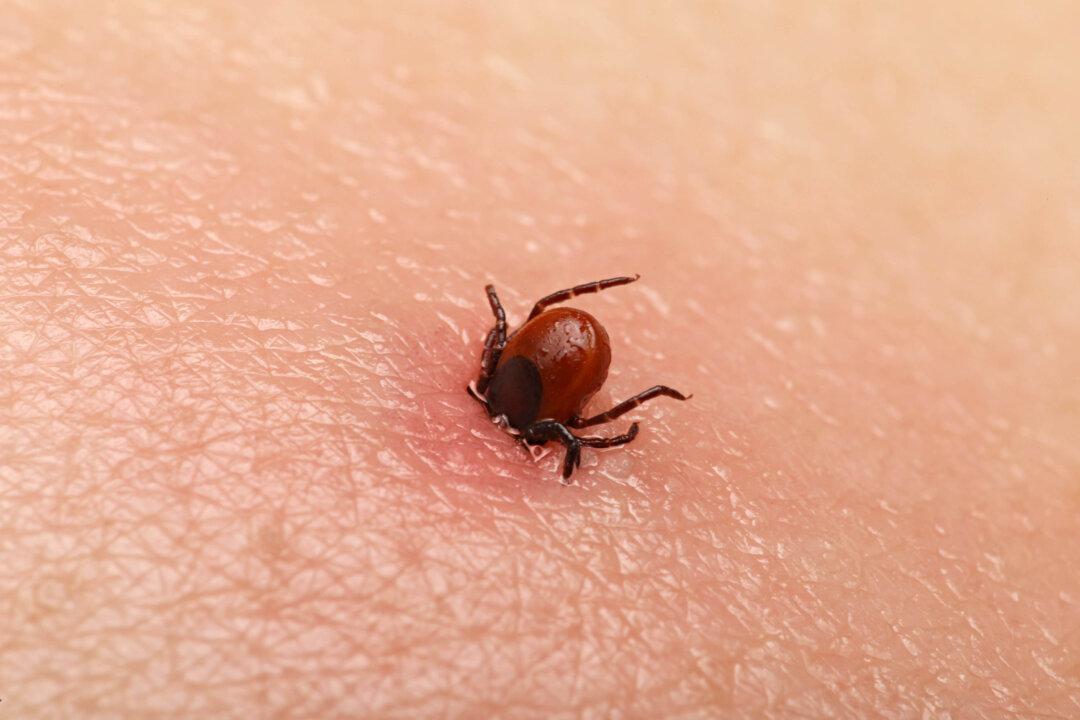A 5-year-old Ohio girl was unable to move, leaving her parents and doctors initially baffled about the cause.
Averey Mell, 5, was rushed to the hospital in Cincinnati recently because of her alarming condition, the cause of which was unclear until two Dogwood ticks were found hiding behind her ear and on her head.





